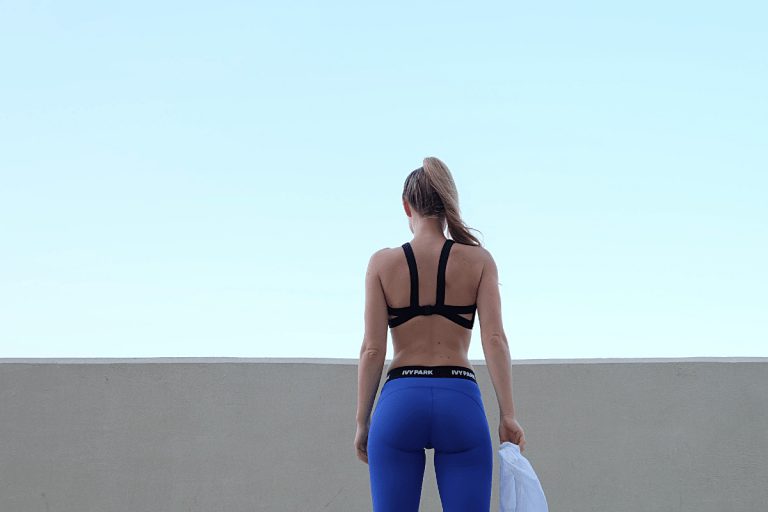According to a 2009 study, there is no correlation between seeing a herniated disc on MRI and having low-back pain. Yes, you read that right.
You can have low-back pain with no herniated disc. A herniated disc with no low-back pain. Or both a herniated disc and low-back pain that have nothing to do with each other. Additionally, researchers found “little evidence to suggest that drug treatments are effective in treating herniated disc,” including muscle relaxers, NSAIDs, and even corticosteroids (which makes sense, as none of these treat the underlying cause of the pain).
Oddly, I actually find this news very encouraging. It means that there are many legitimate reasons we may experience pain, and we can address them with common sense adjustments to things like posture and the way we manage load, whether we know if there is a herniated disc or not. What this says to me (as a patient – I’m not a doctor) is that you don’t necessarily need a doctor to diagnose you with a herniated disc, and there is little a doctor can actually do to solve it. Yet, so many of my patients treat this diagnosis as deterministic.
(I always like to clarify: I am NOT anti-doctor or anti-medicine. But, for myself, I always apply the rule “What do I think is wrong with me and what do I think the doctor is going to tell me to do as a first step? Let me try that first before seeing the doctor.” Of course, you should not follow my advice over your own intuition or the advice of your medical provider.)
Here are the first things that I would do working with a new client with back pain, whether or not they’ve been diagnosed with a herniated disc:
- Manage the pain. If you’re in a state of acute pain, there is some work we can do to fix underlying problems, but the greatest benefit is going to come from getting you out of pain (or reducing the pain) as quickly as possible. Poses like crocodile pose can help relieve immediate pain by releasing and relaxing overactive or spasming low-back muscles. Additionally, there is huge benefit to be found from meditative practices like deep-breathing and calming the nervous system down to get your body out of that fight or flight state. Maybe you’ve heard someone say “pain happens in your brain.” I think that can be very dismissive of people’s very real experience of pain in their body; however, if we can get the brain to calm down, that can make some progress toward reducing the intensity of pain.
- Address the underlying postural issues. Nothing in the body just “breaks” of its own volition. (This is one of the reasons I recommend – with a doctor’s clearance – doing gentle rehabilitative work BEFORE surgery for most chronic injuries to improve your surgical outcome and prevent reinjury.) While working with me directly allows me to look at your posture individually, some general rules of thumb: Look at yourself from the side in a full-length mirror and adjust your hips back so they stack over your heels. Roll your shoulders down your back using your back muscles as opposed to lifting your front ribs up. Shift your head back and lengthen the back of your neck.
- Stretch and strengthen as needed to support your improved posture. Once you’ve figure out what good posture feels like, you’ll notice there are probably some areas that make it hard to maintain. Generally, you’ll want to: strengthen the abs, glutes, hamstrings, and upper back muscles, and stretch the front of the chest, shoulders, back of the neck, and quads.
Obviously, those are pretty broad recommendations, but I’d love to discuss further and make some personalized suggestions for you if you want to come over and join my Facebook Group, RECONNECT: Creating Strength & Mobility Through Yoga.

